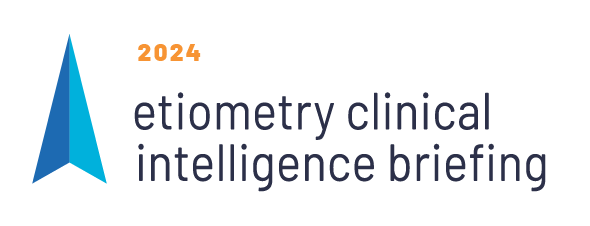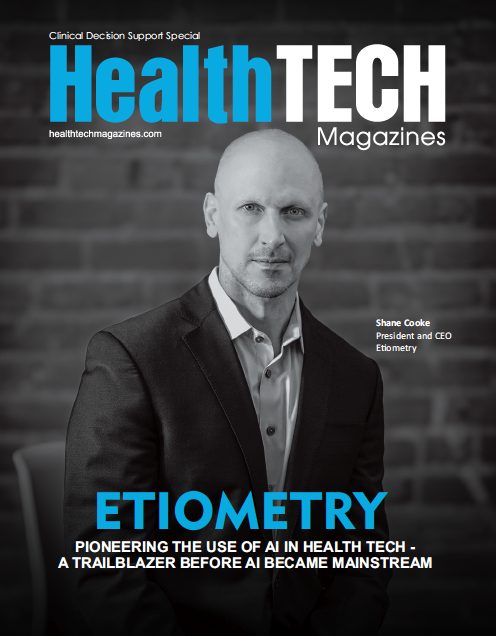Etiometry Receives FDA 510(k) Clearance to Expand the Indications on Its IDO2 Index Powered by Risk Analytics
News and Press Releases

Hospitals Can Expand the Intelligent Monitoring Provided by Etiometry’s Inadequate Oxygen Delivery Index to Patients Up to 12 Years of Age
BOSTON, June 12, 2017— Etiometry, a pioneering leader in next-generation patient monitoring, has received FDA Clearance for its Inadequate Oxygen Delivery (IDO2) Index for monitoring ICU patients 12 years or younger. Originally cleared by the FDA in 2016 for tracking the clinical risk of inadequate oxygen delivery to neonatal patients, the new 510(k) clearance now allows hospitals to leverage the IDO2 Index for patients 12 years old or younger.
With the IDO2 algorithm and the Etiometry Platform, doctors and nurses can quickly assess the risk of inadequate oxygen delivery alongside traditional measures of the patient’s status in a manner that clearly visualizes the patient’s trajectory. This solution can be deployed in the ICU and accessed by critical-care providers using a web-based user interface within the hospital’s network.
The IDO2 Index is the first of Etiometry’s Risk Analytics Algorithms brought to market. It continuously assesses the patient-specific risk of inadequate oxygen delivery by computing an IDO2 Index that reflects the likelihood that a critically ill child is experiencing this harmful physiologic state. An increasing IDO2 value means there is an increasing risk of inadequate oxygen delivery and attention should be brought to the patient. The IDO2 Index is computed based on multiple physiologic measures and laboratory results collected by Etiometry’s T3 Data Aggregation & Visualization Software.
According to Etiometry CTO Dimitar Baronov PhD, “We have further established that our innovative Risk Analytics technology, which combines mechanistic models of human physiology with aerospace navigation techniques, can efficiently scale across different patient populations and ages. This new clearance will allow the IDO2 Index to operate on more than 80% of the pediatric ICU patients, allowing us to greatly expand the workflow and the clinical benefits of using the IDO2 Index to a much larger portion of the pediatric ICU population.”
The expansion of the indications for use for the IDO2 Index was cleared after extensive research, development, and validation performed on physiologic data from nearly 2,300 pediatric patients. The updated IDO2 Index Risk Analytics algorithm is now available in general release, with existing Etiometry customers being updated throughout the summer.About Etiometry
Etiometry Inc. is the leader in clinical decision-support software for the intensive care environment. Our technologies provide valuable clinical insight and analysis to support early recognition of subtle changes in patient condition to avoid complications and speed recovery. Etiometry is committed to improving patient outcomes, increasing clinical efficiency, and lowering costs of care through the more effective use of all available data.
For more information, visit www.etiometry.com.


